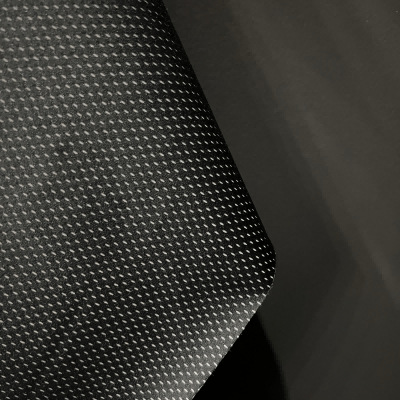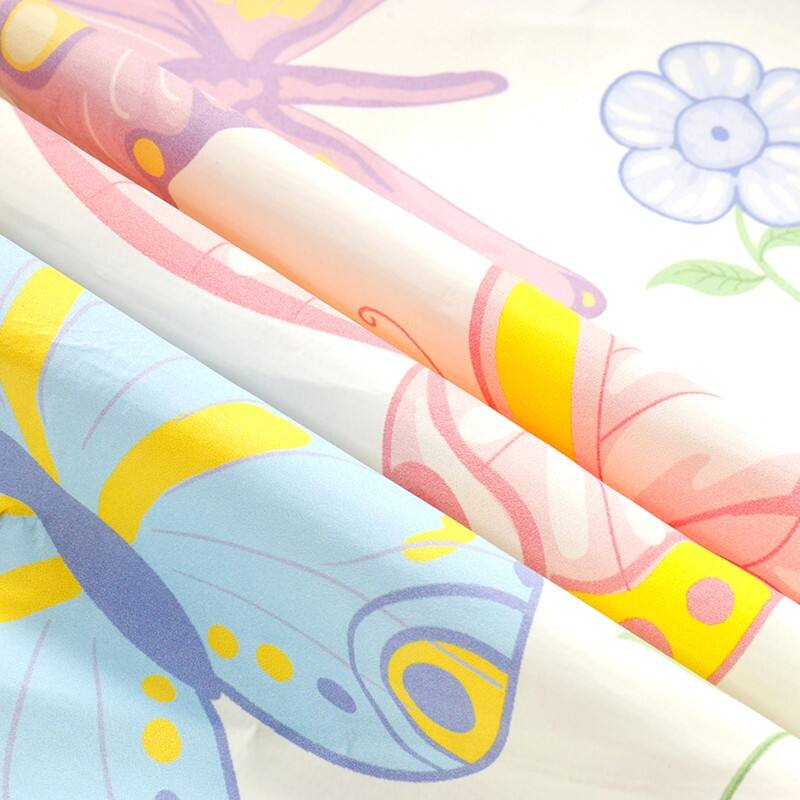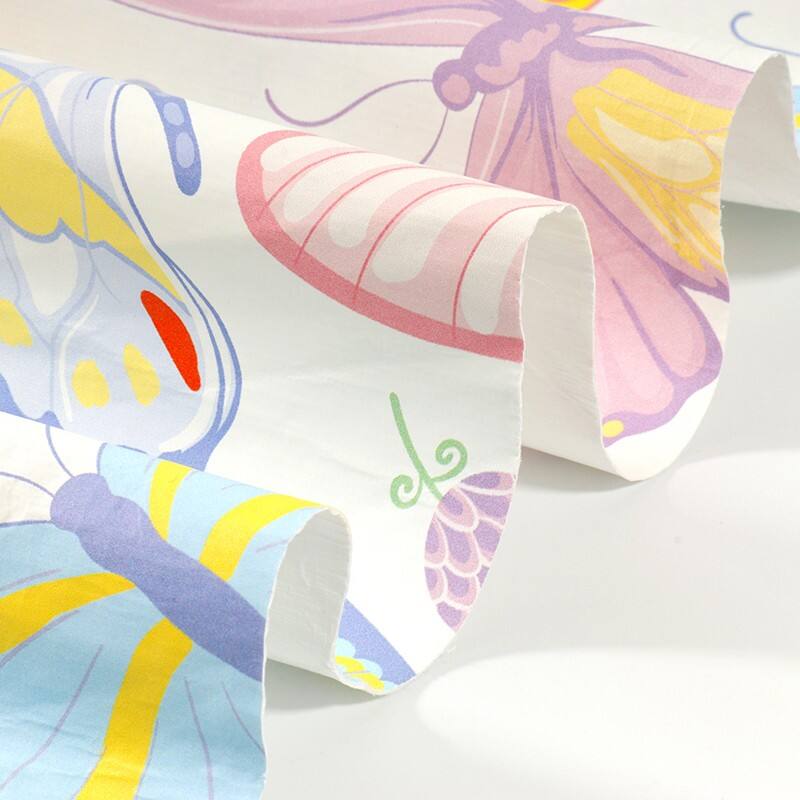breathable clothing fabric
Breathable clothing fabric represents a revolutionary advancement in textile technology, combining comfort with functionality in modern apparel. This innovative material features a unique microscopic structure that allows air and moisture to pass through while maintaining protection from external elements. The fabric's construction typically involves specialized weaving techniques or membrane technologies that create millions of tiny pores, smaller than water droplets but larger than water vapor molecules. This engineered design enables the fabric to effectively manage moisture by wicking sweat away from the skin and allowing it to evaporate through the material. The technology behind breathable fabrics often incorporates synthetic fibers like polyester or nylon, treated with hydrophobic coatings that enhance moisture management while maintaining durability. These materials find extensive applications across various clothing categories, from activewear and outdoor gear to everyday casual wear and professional attire. The versatility of breathable fabrics makes them particularly valuable in high-performance sportswear, where temperature regulation and comfort are crucial. Additionally, these fabrics often integrate antimicrobial properties and UV protection, making them ideal for extended outdoor activities.


